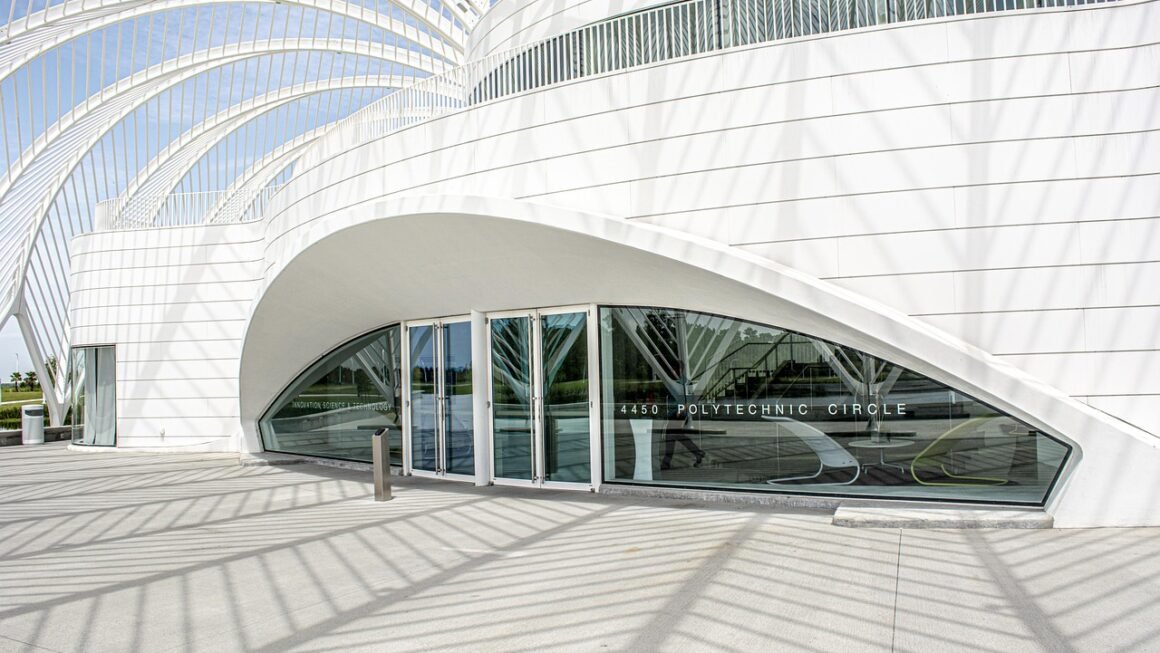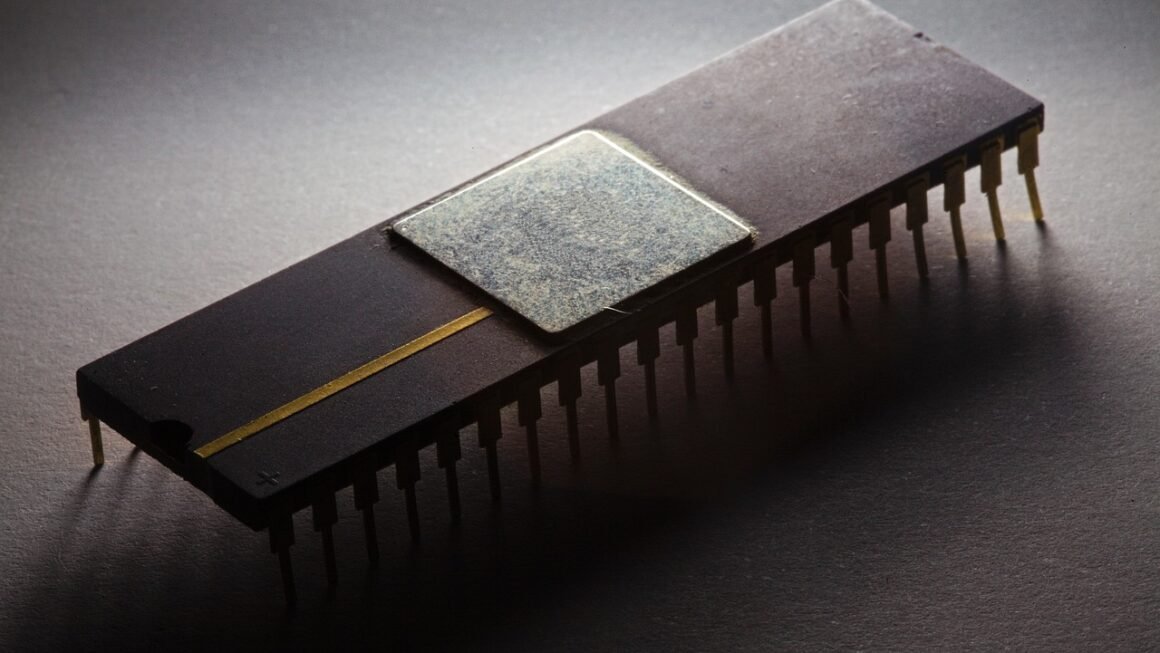Virtual reality (VR) is no longer the stuff of science fiction. It’s a rapidly evolving technology transforming the way we interact with the digital world, offering immersive experiences that blur the lines between reality and simulation. From gaming and entertainment to education and healthcare, VR is poised to revolutionize numerous industries. This blog post explores the current state of virtual reality, its applications, the hardware and software that power it, and what the future holds for this exciting technology.
What is Virtual Reality?
Defining Virtual Reality
Virtual reality creates an immersive, interactive, computer-generated environment that users can explore and interact with. Unlike augmented reality (AR), which overlays digital content onto the real world, VR replaces the real world entirely. This is typically achieved through a head-mounted display (HMD) that provides stereoscopic visuals and often includes headphones for spatial audio, enhancing the sense of presence.
Key Components of a VR System
A typical VR system comprises several key components working in harmony:
- Head-Mounted Display (HMD): The primary interface for experiencing VR. It displays stereoscopic images, tracks head movements, and sometimes eye movements for a more realistic experience.
- Tracking System: Determines the user’s position and orientation in the virtual environment. This can be achieved through various methods, including inside-out tracking (using cameras on the HMD) or outside-in tracking (using external sensors).
- Input Devices: Allow users to interact with the virtual environment. Common input devices include hand controllers, gloves, and even motion capture suits.
- Software Platform: Provides the framework for creating and running VR applications. Examples include Unity, Unreal Engine, and various SDKs (Software Development Kits) specific to VR hardware.
How VR Creates Immersion
The magic of VR lies in its ability to create a sense of presence – the feeling of actually being in the virtual environment. This is achieved through:
- Stereoscopic 3D: Presenting slightly different images to each eye creates depth perception, making the virtual world feel three-dimensional.
- Head Tracking: Allows the user’s perspective to change as they move their head, mimicking how we perceive the real world.
- Spatial Audio: Creates realistic soundscapes that respond to the user’s position and orientation in the virtual environment.
- Haptic Feedback: Provides tactile sensations, such as vibrations or pressure, to enhance the sense of touch.
Applications of Virtual Reality
Gaming and Entertainment
Gaming is arguably the most well-known application of VR. VR games offer unprecedented levels of immersion, allowing players to step into the shoes of their characters and experience games in a completely new way. Some examples include:
- Action and Adventure Games: Games like Half-Life: Alyx provide incredibly immersive storytelling and combat experiences.
- Racing and Flight Simulators: VR brings racing and flight simulators to life, offering realistic cockpit views and visceral sensations.
- Social VR Platforms: Applications like VRChat and Rec Room allow users to socialize, create avatars, and explore virtual worlds together.
Beyond gaming, VR is also transforming entertainment by offering:
- Virtual Concerts and Events: Attendees can virtually attend concerts and events from the comfort of their homes, enjoying immersive performances and interacting with other attendees.
- 360° Video and Cinematic VR: Allows viewers to experience videos and films in a more immersive and interactive way, offering a sense of presence within the story.
Education and Training
VR is proving to be a powerful tool for education and training, offering immersive and engaging learning experiences that can improve knowledge retention and skill development. Examples include:
- Medical Training: VR simulations allow medical students to practice complex procedures in a safe and controlled environment, reducing the risk of errors.
- Engineering and Manufacturing Training: VR can be used to train workers on how to operate machinery, assemble products, and perform maintenance tasks, improving safety and efficiency.
- Historical Recreations: VR can transport students back in time, allowing them to explore historical sites and events in an immersive and interactive way.
Healthcare
VR is being used in a variety of healthcare applications, including:
- Pain Management: VR can distract patients from pain and anxiety, reducing the need for medication.
- Rehabilitation: VR games and exercises can help patients recover from injuries or strokes by improving motor skills and coordination.
- Therapy for Mental Health Conditions: VR can be used to treat anxiety disorders, phobias, and PTSD by exposing patients to virtual environments that trigger their symptoms in a safe and controlled setting.
Other Industries
VR is also making inroads in other industries, such as:
- Real Estate: VR allows potential buyers to tour properties remotely, reducing the need for physical visits.
- Retail: VR can be used to create immersive shopping experiences, allowing customers to virtually try on clothes or visualize furniture in their homes.
- Architecture and Design: Architects and designers can use VR to create immersive visualizations of their projects, allowing clients to experience the design before it is built.
VR Hardware and Software
VR Headsets: A Comparison
The VR headset market is diverse, with options ranging from affordable mobile VR solutions to high-end PC-powered systems. Some popular headsets include:
- Oculus/Meta Quest 2 & 3: Standalone VR headsets offering wireless freedom and a wide range of applications. A great balance between cost and performance.
- Valve Index: A high-end PC-powered VR headset known for its excellent tracking and innovative controllers.
- HTC Vive Series (Vive Pro 2, Vive Focus 3): PC-powered and standalone options focused on high-resolution displays and advanced features for both consumer and enterprise use.
- PlayStation VR2: Exclusively for the Playstation 5 console, it offers an immersive experience with haptic feedback and eye tracking.
VR Software Development Platforms
Creating VR applications requires specialized software development platforms. Some of the most popular options include:
- Unity: A versatile game engine and development platform widely used for creating VR experiences.
- Unreal Engine: Another powerful game engine known for its high-fidelity graphics and advanced features.
- WebXR: An open standard that allows developers to create VR experiences that run in web browsers, making them accessible to a wider audience.
Considerations for Choosing Hardware and Software
When choosing VR hardware and software, consider the following factors:
- Budget: VR hardware can range from a few hundred dollars to several thousand.
- Intended Use: Different headsets are better suited for different applications. For example, gaming requires high-performance hardware, while training applications may prioritize ease of use and portability.
- Compatibility: Ensure that the hardware and software you choose are compatible with each other.
- Ease of Use: Consider the ease of setup and use, especially if you are new to VR.
The Future of Virtual Reality
Emerging Trends
The future of VR is bright, with several emerging trends shaping the technology’s evolution:
- Improved Hardware: Expect to see VR headsets with higher resolutions, wider fields of view, and more comfortable designs.
- More Realistic Haptics: Advanced haptic feedback systems will provide a more realistic sense of touch, enhancing immersion.
- Eye Tracking and Foveated Rendering: Eye tracking will allow VR systems to focus rendering power on the areas the user is looking at, improving performance and visual fidelity.
- Wireless VR: Wireless VR headsets will become more prevalent, offering greater freedom of movement.
- Metaverse Integration: VR is expected to play a key role in the development of the metaverse, creating shared virtual spaces where people can interact, work, and play.
Challenges and Opportunities
Despite its potential, VR faces several challenges:
- Cost: VR hardware can still be expensive, limiting accessibility for some users.
- Motion Sickness: Some users experience motion sickness in VR, which can detract from the experience.
- Content Availability: While the VR content library is growing, there is still a need for more high-quality experiences.
However, these challenges also present opportunities for innovation. As VR technology continues to improve and become more affordable, it is poised to become a mainstream technology with widespread applications.
Conclusion
Virtual reality has moved beyond its infancy and is now a powerful tool with diverse applications across various industries. From immersive gaming and entertainment to transformative education and healthcare solutions, VR is reshaping how we interact with the digital world. While challenges remain in terms of cost and accessibility, ongoing technological advancements and the growing metaverse landscape promise a future where VR becomes an integral part of our daily lives. Embracing and understanding this evolving technology is crucial for businesses, educators, and consumers alike to fully leverage its potential and shape the future of immersive experiences.



